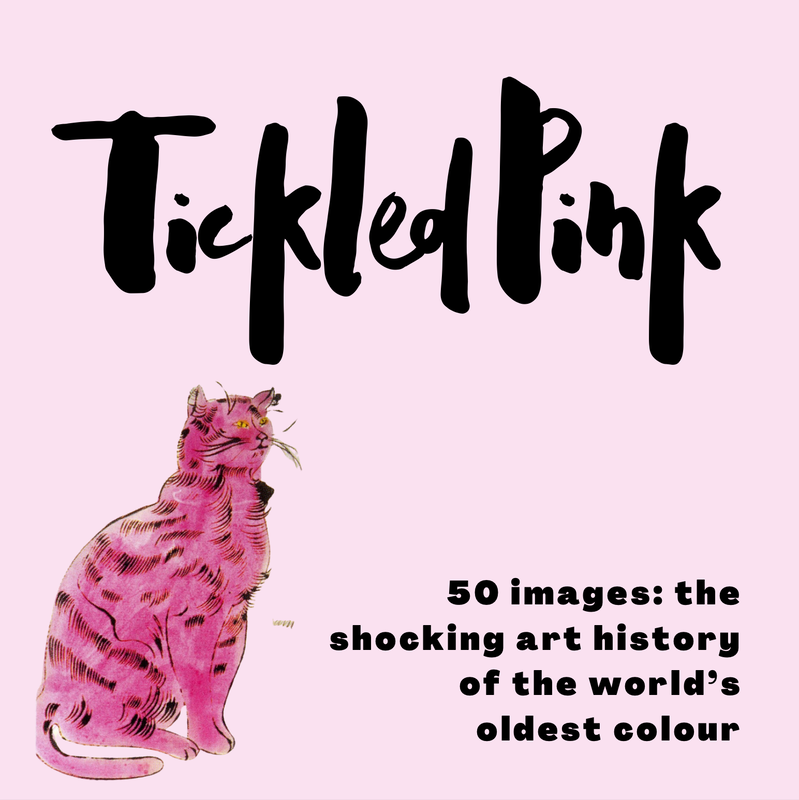|
That Day in Assisi
Remember that dark, patched robe Held erect on some flimsy stand, its frayed edges on display in the Chapel of Relics, testament to the impoverished saint protected in the fortress basilica in Assisi? Or, maybe, not a robe robe but — what was that word? -- tunic or habit — though aren't those worn by nuns? — and wasn't it the key to his story, to the birth of his order, the foundation for this edifice, a monument to modesty? You, though, were drawn not to the long-dead saint's vestments, the supposed trace of his actual body, so small as to be startling; rather, your eyes led to the Upper Basilica and the frescoes that spoke of the world before the Renaissance as they told the lives of Christ and Saint Francis. I remember faint traces of some once regal blue in what is most likely Cimabue’s time worn Crucifixion, the Christ, Angels and followers faded to pale apparitions of the artist’s intent, while the people in Giotto’s Legend of Saint Francis — at least some attribute it to him, Cimabue’s student — appeared so crisp in their lines they seemed to represent a kind of contemporaneity to bring the life of Francis back alive when the work was new. And in your abstract painting, in which boxy shapes appear connected or open into one another, linked together, but without any clear beginning or end, I see the dull brown of Saint Francis’s habit and a rich blue hinting at either Cimabue’s or Giotto’s original intent, and still more colours, soft grays, tans, and greens as silent and somber as a chapel in the Lower Basilica in Assisi. Your painting moves, or at least the shapes and colours move the eye with a strong sense of momentum, even with abrupt changes in direction, suggesting there is no one definitive movement through the work, much like the questions raised by how we remember ourselves on that day in Assisi, in that ironic church — a glorious religious monument to a man, a Saint, whose life and order rejected such things -- a temple to memory in which the art has faded over time and has lifted a cloud of doubt of who exactly was the artist. Michael Janairo Michael Janairo is a former newspaper columnist and editor who now works at a museum in upstate New York, where he lives with his wife, son and dog. His writing has been published in various journals and anthologies, including Long Hidden: Speculative Fiction from the Margins of History, Star*Line Magazine, Eye to the Telescope, Kartika Review, Maganda Magazine, Walang Hiya: Literature Taking Risks Toward Liberatory Practice, and the Abiko Quarterly. His family name is pronounced "ha NIGH row." He blogs at michaeljanairo.com.
0 Comments
Your comment will be posted after it is approved.
Leave a Reply. |
The Ekphrastic Review
COOKIES/PRIVACY
This site uses cookies to deliver your best navigation experience this time and next. Continuing here means you consent to cookies. Thank you. Join us on Facebook:
Tickled Pink Contest
April 2024
|




